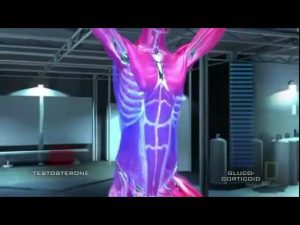This video and more updated versions of similar videos are available for instant download licensing https://www.alilamedicalmedia.com/-/galleries/narrated-videos-by-topics/diabetes ©Alila Medical Media. All rights reserved. Support us on Patreon and get FREE downloads and other great rewards: patreon.com/AlilaMedicalMedia All images/videos by Alila Medical Media are for information purposes ONLY and are NOT intended to replace professional medical advice, diagnosis or treatment. Always seek the advice of a qualified healthcare provider with any questions you may have regarding a medical condition. Diabetes refers to a group of conditions characterized by a high level of blood glucose, commonly referred to as blood sugar. Too much sugar in the blood can cause serious, sometimes life-threatening health problems. There are two types of chronic diabetic conditions: type 1 diabetes and type 2 diabetes. Pregnant women may acquire a transient form of the disease called “gestational diabetes” which usually resolves after the birth of baby. Pre-diabetes is when the blood sugar level is at the borderline: higher than normal, but lower than in diabetics. Prediabetes may or may not progress to diabetes. During food digestion, carbohydrates – or carb – break down into glucose which is carried by the bloodstream to various organs of the body. Here, it is either consumed as an energy source – in muscles for example – or is stored for later use in the liver. Insulin is a hormone produced by beta cells of the pancreas and is necessary for glucose intake by target cells. In other words, when insulin is deficient, muscle or liver cells are unable to use or store glucose, and as a result, glucose accumulates in the blood. In healthy people, beta cells of the pancreas produce insulin; insulin binds to its receptor on target cells and induces glucose intake. In type 1 diabetes, beta cells of the pancreas are destroyed by the immune system by mistake. The reason why this happens is unclear, but genetic factors are believed to play a major role. Insulin production is reduced; less insulin binds to its receptor on target cells; less glucose is taken into the cells, more glucose stays in the blood. Type 1 is characterized by early onset, symptoms commonly start suddenly and before the age of 20. Type 1 diabetes is normally managed with insulin injection. Type 1 diabetics are therefore “insulin dependent”. In type 2 diabetes, the pancreas produces enough insulin but something goes wrong either with receptor binding or insulin signaling inside the target cells. The cells are not responsive to insulin and therefore cannot import glucose; glucose stays in the blood. In other words, type 2 diabetics are “insulin resistant”. Here again, genetic factors predispose susceptibility to the disease, but it is believed that lifestyle plays a very important role in type 2. Typically, obesity, inactive lifestyle, and unhealthy diet are associated with higher risk of type 2 diabetes. Type 2 is characterized by adult onset; symptoms usually appear gradually and start after the age of 30. Type 2 diabetes accounts for about 80 to 90% of all diabetics. Management focuses on weight loss and includes a low-carb diet.
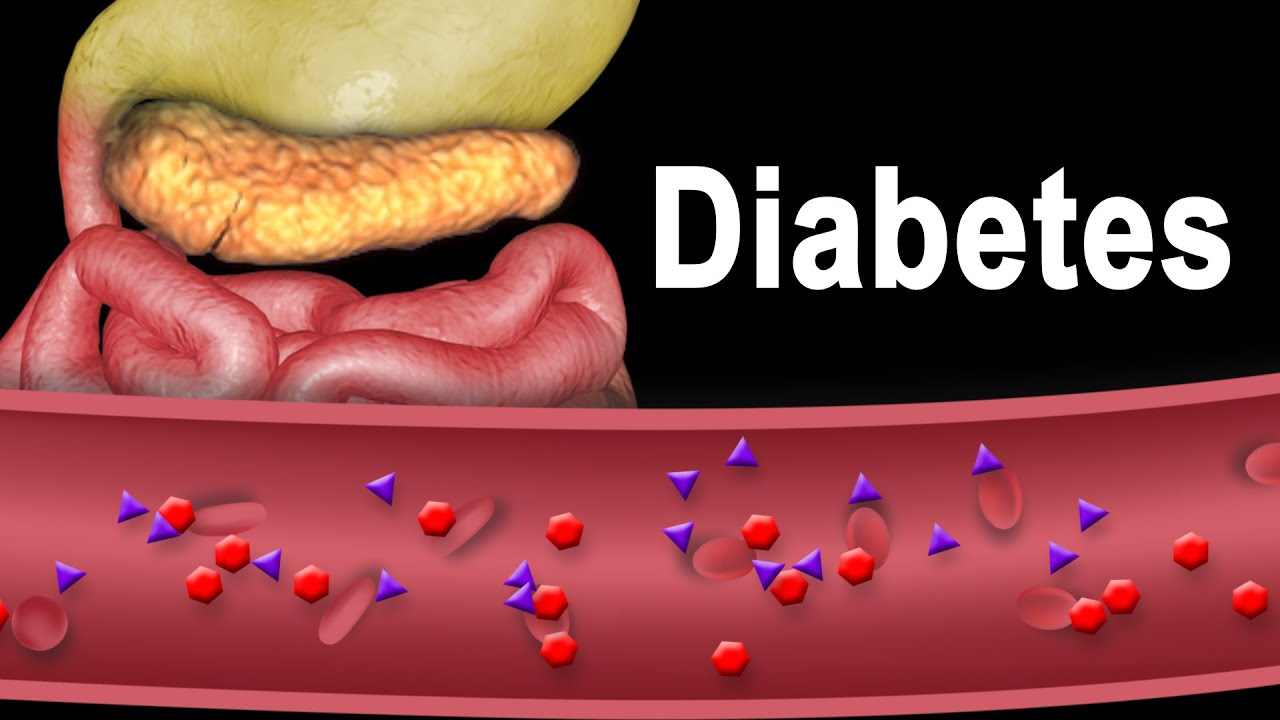
Diabetes Type 1 and Type 2, Animation.
- Post author:
- Post published:May 24, 2021
- Post category:Uncategorized
- Post comments:0 Comments
You Might Also Like

7 Powerful Fruits To Lose Weight And Burn Belly Fat Instantly
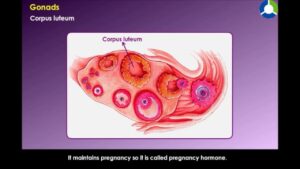
Gonads – Control and Coordination (CBSE Grade :10 Biology)
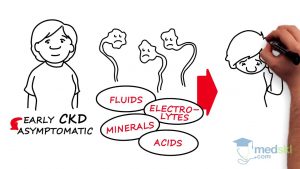
Nephrology – Chronic Kidney Disease: By Steven Cheng M.D.
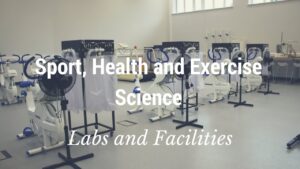
Sports Physiology Video – 6
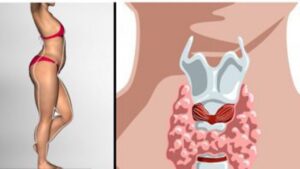
10 Signs Your Body Has Too Much Estrogen And How To Start Flushing It Out Immediately!

Should You Take BCAAs? (The Truth About BCAA Supplements)

Sugar Free, Low Sugar Video – 10

Bodybuilding Pre-Workout Meal Example

Cardiac surgery Video – 5

What Is Yoga Video – 6

Anabolic Steroids – History, Definition, Use & Abuse Video – 37

Physiotherapy in Obstetrics Video – 2
Body Composition

Flat Bench Fly-2
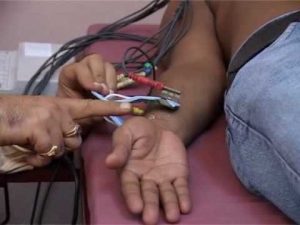
how to take ECG

Of Anatomy and Physiology (2013 – 3D Animation)

“Champion” Bodybuilding inspiration
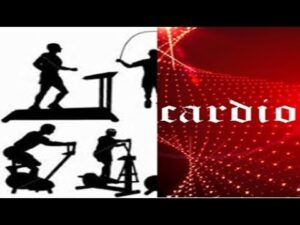
Timing of training and cardio, my programing for the week, fasted cardio vs not fasted cardio

Intermittent Fasting & Fasting Video – 17

TRX Warmup
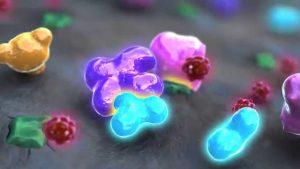
Mechanism of Action (MoA) 3D Medical Animation
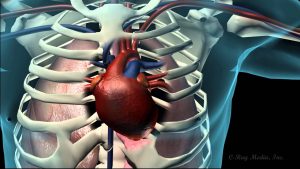
Coronary Heart Disease Animation

Neuropsychiatry Video – 4

Isotroin Capsule Review in Hindi || by Mt Discuss

What are Sets & Reps with Clifta- Reno Personal Fitness Trainer
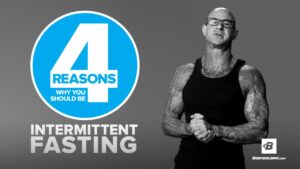
Intermittent Fasting & Fasting Video – 14
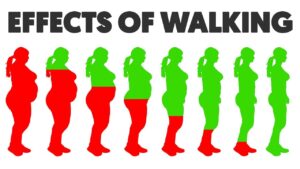
This is What Happens To Your Body When you Walk 5, 30 and 60 Minutes

Erector Spinae Back Extension-16
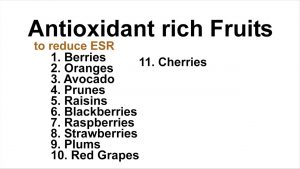
How to Reduce ESR Levels Naturally Home Remedies

Muscle Relaxation

DID I QUIT MINOXIDIL??
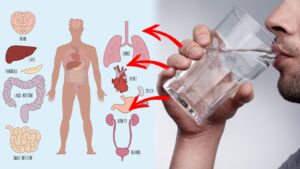
10 Health Benefits of Drinking Warm Water

How to Do Back Extensions

Lying Triceps Extension (LTE) – Gym Shorts (How To)

Elementary Physical Education – Fitness Components Stations
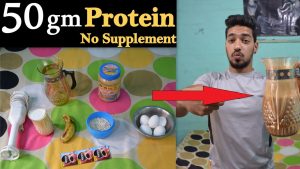
Easy Home Made Protein Shake Without Protein Powder

Sports Physiology Video – 3

Human Body, Body Building Muscle Building Anatomy Physiology Video – 31

Arginine and Proline Catabolism 1

Lower Back Exercise: Stability Ball Reverse Back Extension
